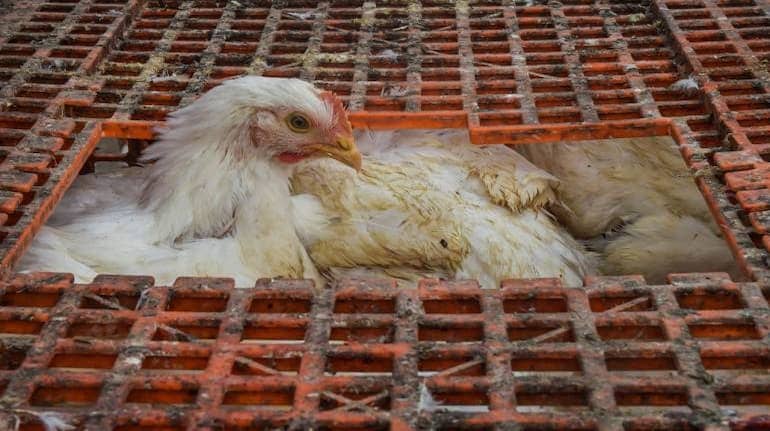Recent reports indicate a severe outbreak of Ranikhet disease in poultry farms located in Barwala and Raipur Rani, Panchkula. Approximately 150,000 chickens have died in the past week. This outbreak raises concerns reminiscent of the 2006 epidemic, where poultry farms suffered losses. The Northern Regional Disease Diagnostic Laboratory (NRDDL) has been engaged to investigate the cause of the deaths through forensic examinations.
About Ranikhet Disease
Symptoms and Transmission
Impact of Weather Conditions
Cold weather exacerbates the situation. In Barwala, poultry farmers reported that extreme cold temperatures, particularly below 5 degrees Celsius, have led to increased mortality among older birds. The pandemic has hindered the replacement of older birds, leaving farms vulnerable during harsh weather.
Historical Context
The Barwala region is poultry production area in Asia, housing around 115 farms. It has experienced previous outbreaks of bird flu in 2006 and 2014, which resulted in severe economic losses for farm owners. The 2006 outbreak led to bankruptcy for many poultry businesses as birds died rapidly.
Zoonotic Potential
Ranikhet disease has zoonotic characteristics, meaning it can affect humans. Laboratory workers and individuals handling infected birds are at risk of conjunctivitis. This marks the importance of biosecurity measures in poultry handling.

Leave a Reply